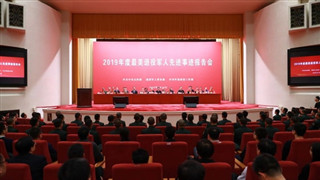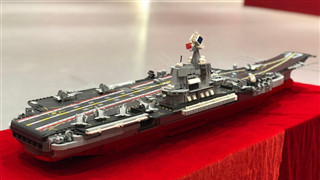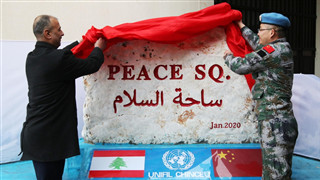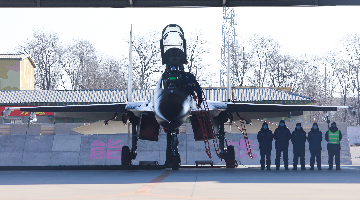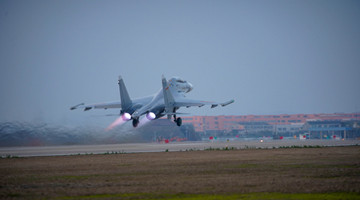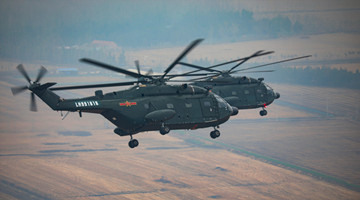
By WenWeiru
The Japanese Maritime Self-Defense Force’s 4,650-ton destroyer Takanami left the Yokosuka Navy Base in Kanagawa Prefecture for the Middle Easton the morning of February 2, according to Japanese media. It is expected to arrive in waters near the Middle East late this month and join the two P-3C patrol planes that has arrived to carry out escort and intelligence-gathering missions. The force-sending movement by Japan is a response both to the US and to Iran with a view to balancing different parties and enhancing Japan’s own presence in the Middle East.
The US formed the so-called “escort coalition” in the Gulf region in July 2019 and has been trying to get Japan onboard. The coalition claimed to protect the ships from different countries passing waters in the region, but was actually a joint armed force intending to impose pressure on Iran. Considering its relation with Iran, Japan rejected America’s invitation on the pretest of its legal procedures of assigning troops overseas, but three months later, it announced independent dispatch of the JMSDF to the Middle East for escort missions.
As a matter of fact, the force-sending action by Japan is to balance different parties and enhance Japan’s own presence in the Middle East.
First, Japan wants to exercise its right of sending troops overseas entrusted by the New Security Bill. Actually, Japan has been yearning to take this step after the New Bill came into force, but made little progress due to the lack of basis and the procedural obstacles. Tokyo hopes to take this opportunity to send troops overseas in large quantities and for a long period, which may set an example for it to turn such actions into a normal and regular practice, or even pave the way for constitutional amendment in the future.
Second, Japan wants to enhance its military presence in the Middle East. It relies on the Middle East for most of its crude oil import, and the situation there concerns its energy security, so the country has been trying to enhance its military presence in the region in order to control its own energy supply and become a major player in reshaping the regional order. It’s possible that Japan will find all kinds of excuses to send more troops to the region in rotation.
At last, Japan has not directly participated in the US-led “escort coalition” clearly because Japan wants to maintain its relationship with countries in the Middle East region. Japanese Prime Minister Shinzo Abe invited Iran’s President Hassan Rouhani to visit Japan at the end of 2019 in an attempt to get Rouhani’s acquiesce to Japan’s sending troops to the region via talks. In mid-January 2020, Shinzo Abe also visited Saudi Arabia, UAE and Oman, in a bid to ask for their understanding of Tokyo’s sending troops to the Middle East. Therefore, although Japan refused to join the “escort coalition”, the JMSDF is already present in the waters of the Gulf region.

